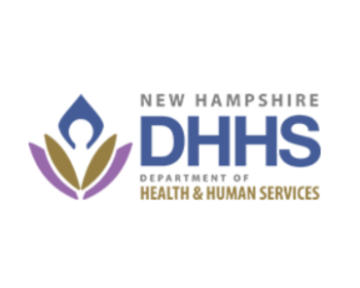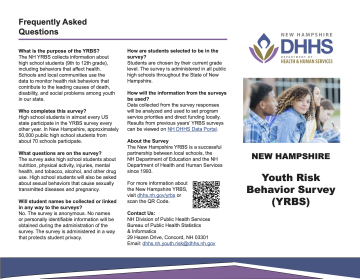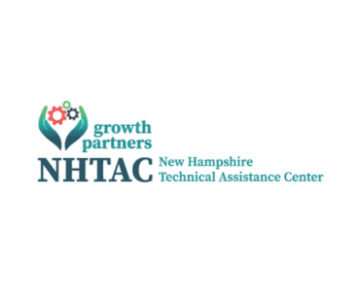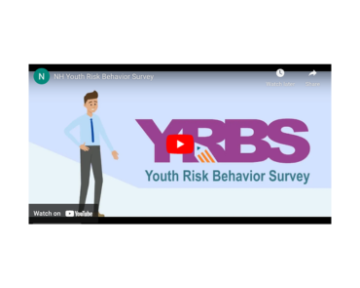
Every day, Granite State schools, parents, and communities work together to maximize student academic achievement and enhance life outcomes to keep our state prosperous, safe, and thriving.
But how do local communities know where to focus prevention resources? One way has been through the confidential Youth Risk Behavior Survey, also called the YRBS.
This completely anonymous and voluntary survey allows young people to share their real-life experiences while maintaining their privacy. The YRBS is tailored to meet the specific needs of Granite State students and families and requires only about 40 minutes every two years.
Learn More about the Youth Risk Behavior Survey
Topics of focus include many of the leading causes of death and poor health, such as:
• Mental health
• Intentional and unintentional injuries
• Risky sexual behaviors
• Alcohol, tobacco, and drug use
• Physical activity, obesity, and nutrition
• Asthma
• Bullying and violence
By gathering factual, scientifically-validated information, the trusted research of the YRBS helps parents, schools, and communities learn how to better prevent young people from engaging in unsafe or unhealthy behaviors. Because the YRBS has been given since 1993, it allows us to see how trends have changed over time and when we are making improvements or facing setbacks.
Importantly, asking students about risky behaviors does not make it more likely they will engage in them1. Still, parents are able to review the questions before their child(ren) participate, and are able to opt out. New Hampshire school districts are required to make the questionnaire available on their website and notify families at least 10 days before the survey is given. Students must be told the survey is voluntary and may choose not to participate even without an opt-out form.
But the more students participate, the clearer the picture will be of where students are doing well and where parents, schools, and communities need to target future efforts. Parents have the greatest influence on teen decisions about risky behavior, and the YRBS helps them better guide their child(ren)2.
About the Bill
The original language of House Bill 446 would have merely added a requirement that schools share a copy of the Youth Risk Behavior Survey questions with families via email at least ten days before students take the survey.
However, a committee amendment to the bill altered the language and now the bill would change the survey from an opt-out to an opt-in, which could significantly reduce participation and no longer show a clear picture of the behaviors of Granite State youth. This could hamper the efforts of parents, schools, and communities to keep young people healthy.
Take Action
Share Your Story
Will you share your experience to help protect the Youth Risk Behavior Survey?
Stories are powerful tools that can be shared with lawmakers and the public to influence policy change. New Futures can help you develop effective ways to share
your story.
- Are you a prevention professional whose work depends on data from the YRBS?
- Are you a parent who wants to ensure you have the insights you need about today's youth?
- Are you a young person who feels it is important for teen voices to be heard?
Bill Status
January 22: The House Education Policy and Administration Committee held a public hearing on House Bill 446.
March 12: An unusual second opportunity for public input was held due to there being an amendment that would significantly change the impact of the bill.
March 17: Unfortunately, the committee voted along party lines at the executive session to approve the harmful amendment and recommend that the House of Representatives as a whole support the bill.
March 27: The bill passed the House of Representatives with amendment and crossed over to the Senate.
May 6: The Senate Education Committee had a public hearing where members of the public could weigh in.
May 13: The Senate Education Committee voted 3-2 in an executive session to recommend against passing HB 446 to the full Senate. This is also called a vote of "inexpedient to legislate". Thank you to Senators Debra Altschiller (D-Stratham), Suzanne Prentiss (D-Lebanon), and Ruth Ward (R-Stoddard) for opposing this harmful bill!
May 22: The committee's recommendation was overturned on the Senate floor. The full Senate voted 16-8 along party lines to approve the bill. You can see how State Senators voted here (click on "Ought to Pass (16-8). As HB 446 did not have a fiscal note and the same version of the bill was passed in each chamber, it did not need to go to the Senate Finance Committee or a Committee of Conference. The bill was carefully examined for technical errors by the Office of Legislative Services, signed off on by members of the House and Senate Enrolled Bills Committees, and then by the House Speaker and Senate President. It was then sent to the Secretery of State, who sent the bill to Governor Ayotte.
July 15: Governor Ayotte vetoed HB 446 — a win for keeping NH youth healthy!
You can learn more about how New Hampshire's legislative process works on our About the Legislature webpage, or take one of our advocacy trainings.














